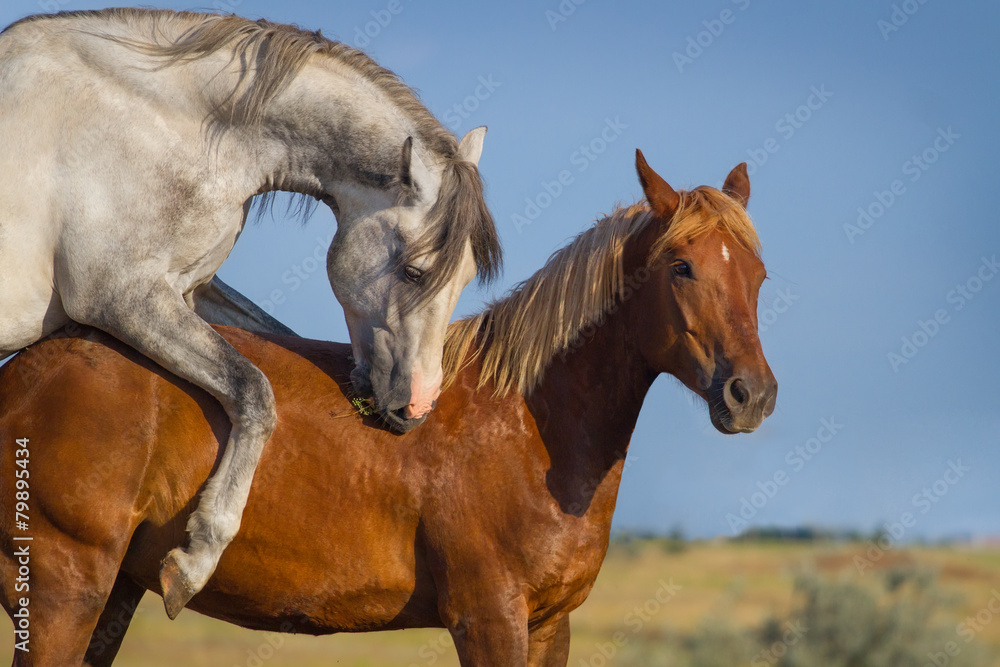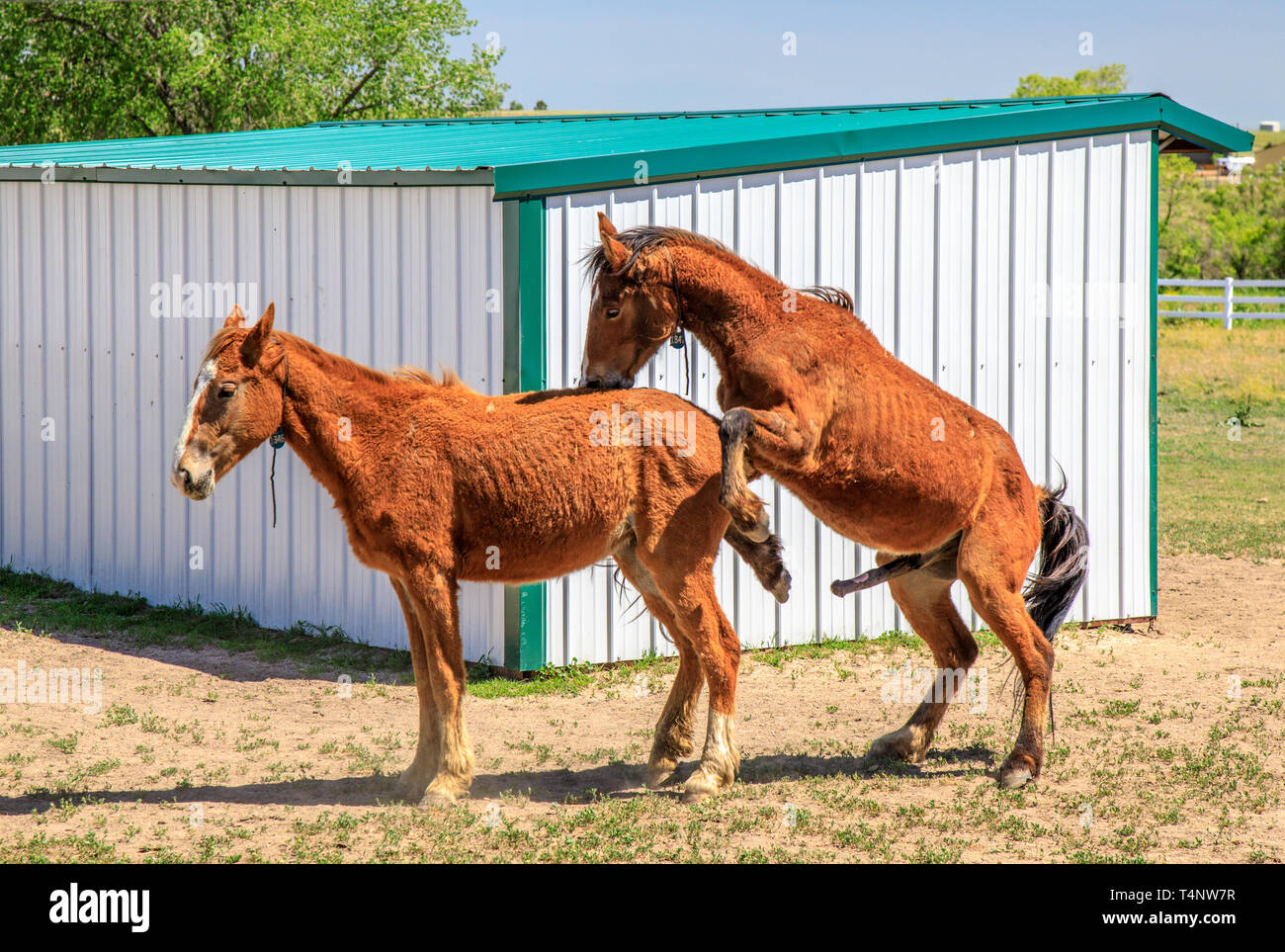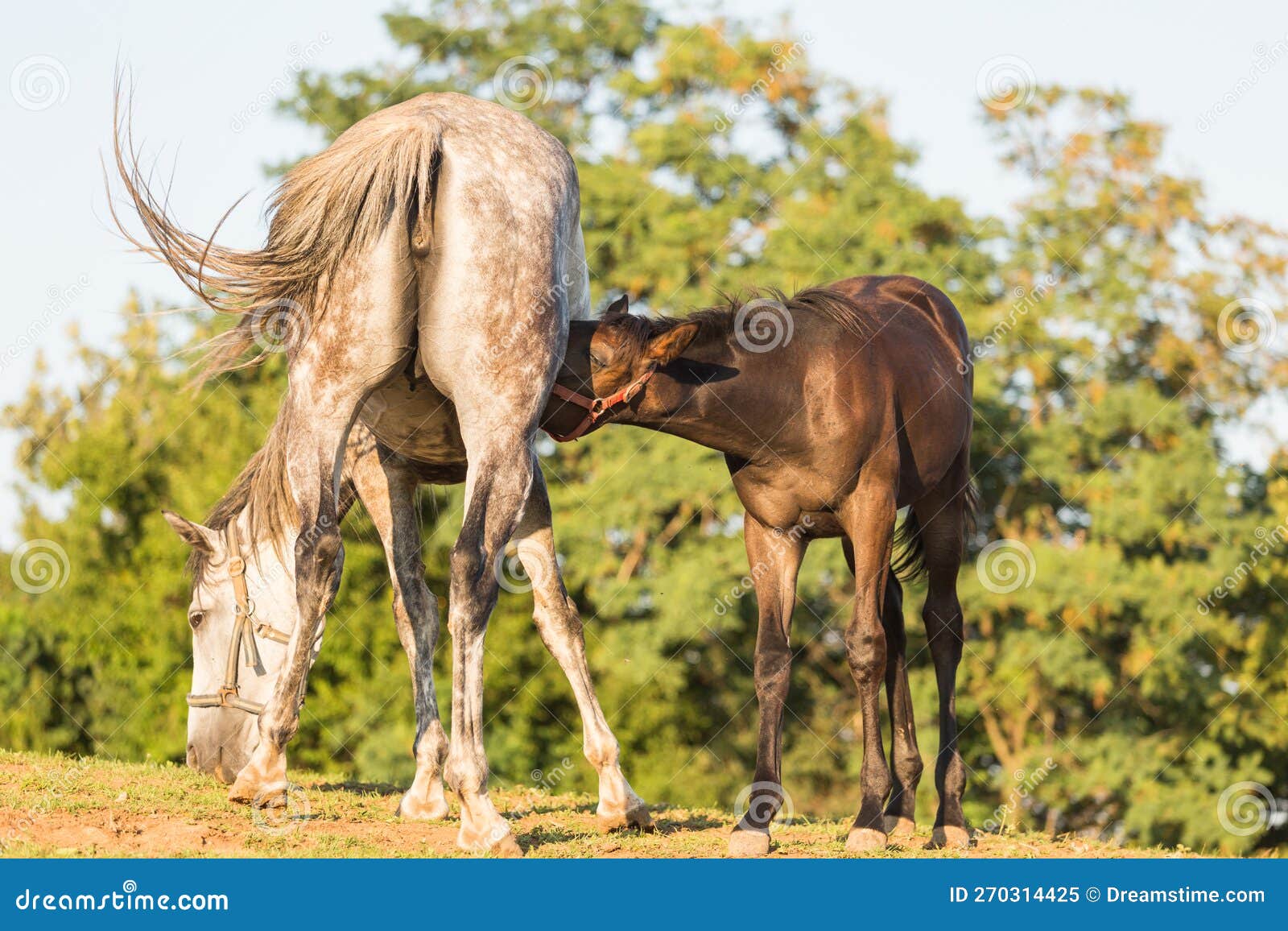Exploring Horse Mating: From Natural Rituals To Breeding
Can the age-old dance of equine procreation truly be as straightforward as it seems? Despite its inherent naturalness, the process of horse mating is a complex interplay of biology, behavior, and environmental factors, often far from a guaranteed success story.
The allure of witnessing the natural world in action often draws us to observe the mating rituals of horses. It's a scene steeped in instinct, a testament to the powerful forces of reproduction. However, beneath the surface of this seemingly simple act lie complexities that can significantly impact the outcome. The reality of natural horse mating is not always a picture of pastoral perfection. While the romance of the natural process captivates, it's essential to understand the potential pitfalls inherent in this approach. Not every encounter leads to a successful pregnancy. The mare, in the throes of this primal act, is vulnerable. The possibility of injuries looms bruising from the stallions mount, or even more serious genital trauma. In rare instances, a vaginal rupture could result in a tragic loss. As the age old saying, every rose has its thorns.
Horse mating, at its core, is a natural process. It unfolds when a stallion and a mare, both physically mature and driven by sexual attraction, find themselves in the throes of courtship. This is not merely a biological function; it is a complex interplay of behavior, instinct, and environment. The process typically begins with the stallion approaching the mare. He will initiate the courtship with behaviors. These behaviors provide insights into the success of horse mating. The stallion employs behaviors like sniffing and nuzzling, an intimate prelude to the act itself. The mare's response is equally critical. If receptive, she signals her readiness by standing still, lifting her tail in an invitation.
Domestic horse breeding often contrasts with this free-flowing scenario. Human intervention, in many cases, shapes the landscape of equine reproduction. Controlled matings take place to achieve desired characteristics or adhere to breed standards. This is not to say that natural processes are always shunned, but rather that the environment is managed to optimize outcomes. A controlled breeding environment allows for monitoring and intervention, ensuring the health and safety of both mare and stallion. It also allows for specific breeding goals, such as improving conformation, temperament, or athletic ability.
In the wild, horses are driven by instinct. They follow a natural breeding cycle, often tied to specific seasons. The social dynamics of the herd also influence the mating process, with dominant stallions often controlling access to mares. These wild populations offer invaluable insights into the natural mating patterns of horses. The observation of wild horse herds provides invaluable context for understanding the behaviors and nuances that have evolved over centuries. The ideal mating ratio or stallion to mare ratio under a natural breeding method may vary, contingent on the breed, environment, and the social hierarchy of the herd. These dynamics provide a window into the complexity of equine reproduction.
Breeding horses naturally requires a comprehensive approach to ensure the best possible results. The art of handling stallions, the art of serving mares, weaning, and even gelding, can be approached with a holistic understanding of the animals involved. Those who embark on the journey of raising an orphan or a rejected foal often seek guidance and helpful tips. As the foal grows from birth to yearling, its progress tells a story of the successful or challenged outcome of this journey. To learn more about breeding horses naturally, one can refer to multiple articles and posts that provide comprehensive guidance.
Horse mating, though natural, is a delicate process. It requires careful management and a deep understanding of the intricate factors at play. From the initial courtship, to the critical moment of mating, there are crucial elements that influence whether or not a pregnancy will occur. These factors can be influenced by several factors, from the health of the animals, to the timing, and the environment.
The ideal mating ratio or stallion to mare ratio under a natural breeding method is a crucial aspect. The complexities of this practice are amplified by the presence of potential challenges like injuries, infections, and variations in the mare's reproductive cycle. The health of both animals, the timing of the mating, and the environment all influence the success of this natural endeavor. The intricacies of equine reproductive anatomy, the breeding cycle, and the various practices are essential for breeders and horse enthusiasts alike.
While artificial insemination may eliminate the risk of injuries, the potential benefits of natural mating are undeniable. The inherent connection, the natural instincts that drive these magnificent animals, and the potential for a strong genetic exchange make natural mating a unique and vital practice. The careful balance of nature and nurture defines the landscape of horse mating and its place in equine breeding.
Understanding the breeding season of horses is another important aspect. The breeding season often aligns with favorable environmental conditions. During this time, the animals mate with increased frequency to ensure successful reproduction. In many ways, horses are the king of mating, with their strength and size, the entire scene becomes enthralling. Horse mating, whether in the wild or in a natural pasture, is characterized by specific phases. These phases, ranging from the initial courtship to the final mating, give us insight into the biology of horses. The natural behaviors exhibited by stallions and mares during mating season offer a fascinating glimpse into equine courtship. Stallions often engage in behaviors to establish dominance and attract the attention of mares.
The process of horse mating, from the initial courtship to the final act, unfolds in phases. These phases, orchestrated by instinct and hormones, showcase the natural elegance of equine reproduction. It starts with the stallion approaching the mare. In this instance, the stallion displays behaviors like sniffing and nuzzling. This initial phase sets the tone for what is to come. The mares receptivity dictates the next step. If she is ready, she will signal by standing still and lifting her tail. The stallion then mounts the mare, a crucial part of the mating process. A successful outcome requires careful preparation and precise execution. This dance is a fascinating look into the world of equine courtship.
The role of hormones plays a vital role in horse mating. Hormonal fluctuations influence both the behavior and physiology of both stallions and mares. The mare's estrous cycle, governed by a symphony of hormones, dictates her receptivity to the stallion. The stallion's libido and fertility are similarly under hormonal influence. Hormones are the silent conductors, ensuring everything flows smoothly. Hormonal balance is critical for a successful outcome. Understanding the role of hormones offers valuable insights into equine reproduction. Careful monitoring of hormonal levels can help in predicting the optimal time for mating and optimizing chances of conception.
The various types of horse mating. The type of mating, whether it is natural or artificial, has unique characteristics. In natural mating, the stallion and mare engage in a spontaneous process. In artificial insemination, the process is controlled, with the collection and introduction of the stallion's semen into the mares reproductive tract. Controlled breeding practices give breeders more control over the genetic makeup of the offspring. Natural mating, on the other hand, embraces the inherent beauty of the natural world, a process led by the horses instincts.
Here is the table for more information:
| Aspect | Details |
|---|---|
| Natural Mating vs. Artificial Insemination |
|
| Breeding Season |
|
| Mating Ratios |
|
| Health and Safety |
|
| Courtship and Behavior |
|
| Hormonal Influence |
|
The delicate dance of equine reproduction requires a symphony of factors. Understanding the intricacies of equine reproductive anatomy, the breeding cycle, and the various breeding practices is critical for breeders and enthusiasts alike. The ability to recognize and address potential challenges is a key to ensuring a positive outcome. By comprehending the processes involved, the risks, and the benefits, one can better understand and appreciate the world of horse mating, a fascinating blend of nature and nurture.
Gaining knowledge about the anatomical structures involved forms the basis for understanding the process of horse mating. From the natural mating rituals to horse breeding techniques and the foaling process, the information delves into the details of these magnificent animals.
In conclusion, natural horse mating, a dance driven by instinct, presents a fascinating blend of biological imperatives and behavioral nuances. While the process showcases the intrinsic connection between the stallion and the mare, it's important to recognize the complexities that influence its outcome. Careful management, an understanding of the animals involved, and a commitment to their well-being are essential components. By approaching equine reproduction with knowledge and respect, we can better appreciate the beauty and challenges inherent in this ancient, natural process.


